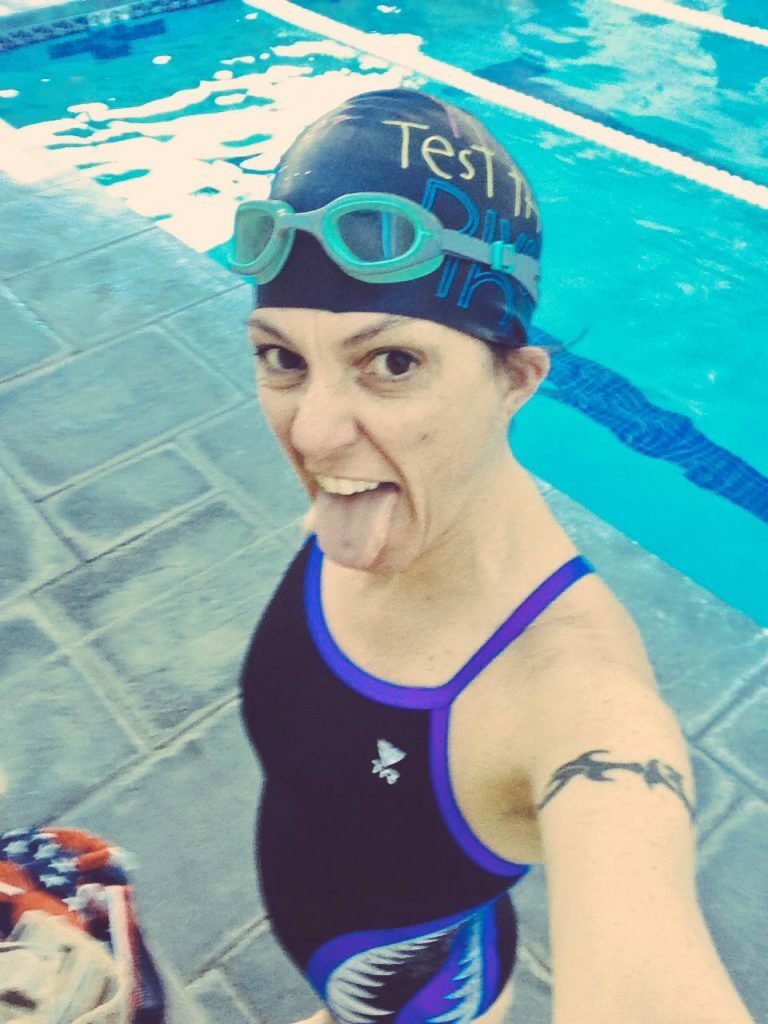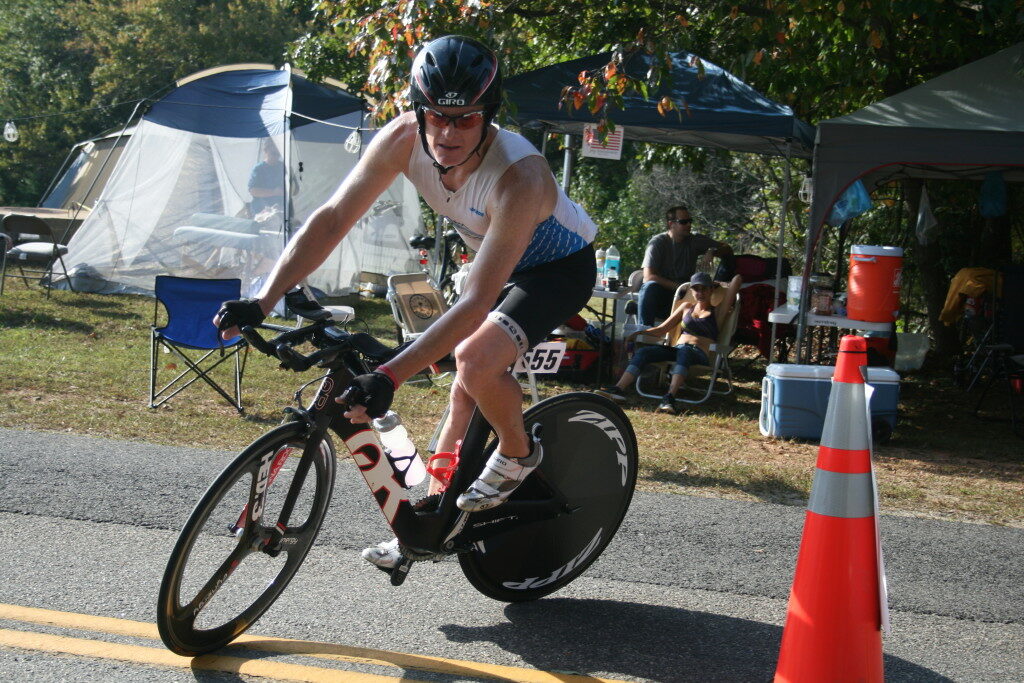My “Dopey” Disney Experience: Dopey Challenge 2014
[Note: This is a race report written by No Limits Athlete Stephanie Riis, who recently completed the 2014 Dopey Challenge, which was held January 9-12, 2014. What’s the Dopey Challenge? Read on and you’ll find out!] *~*~*~*~*~*~*~*~*~*~* Everyone loves a challenge, right? Well, the Walt Disney Corporation, or #RunDisney to be specific, has learned how[…]









